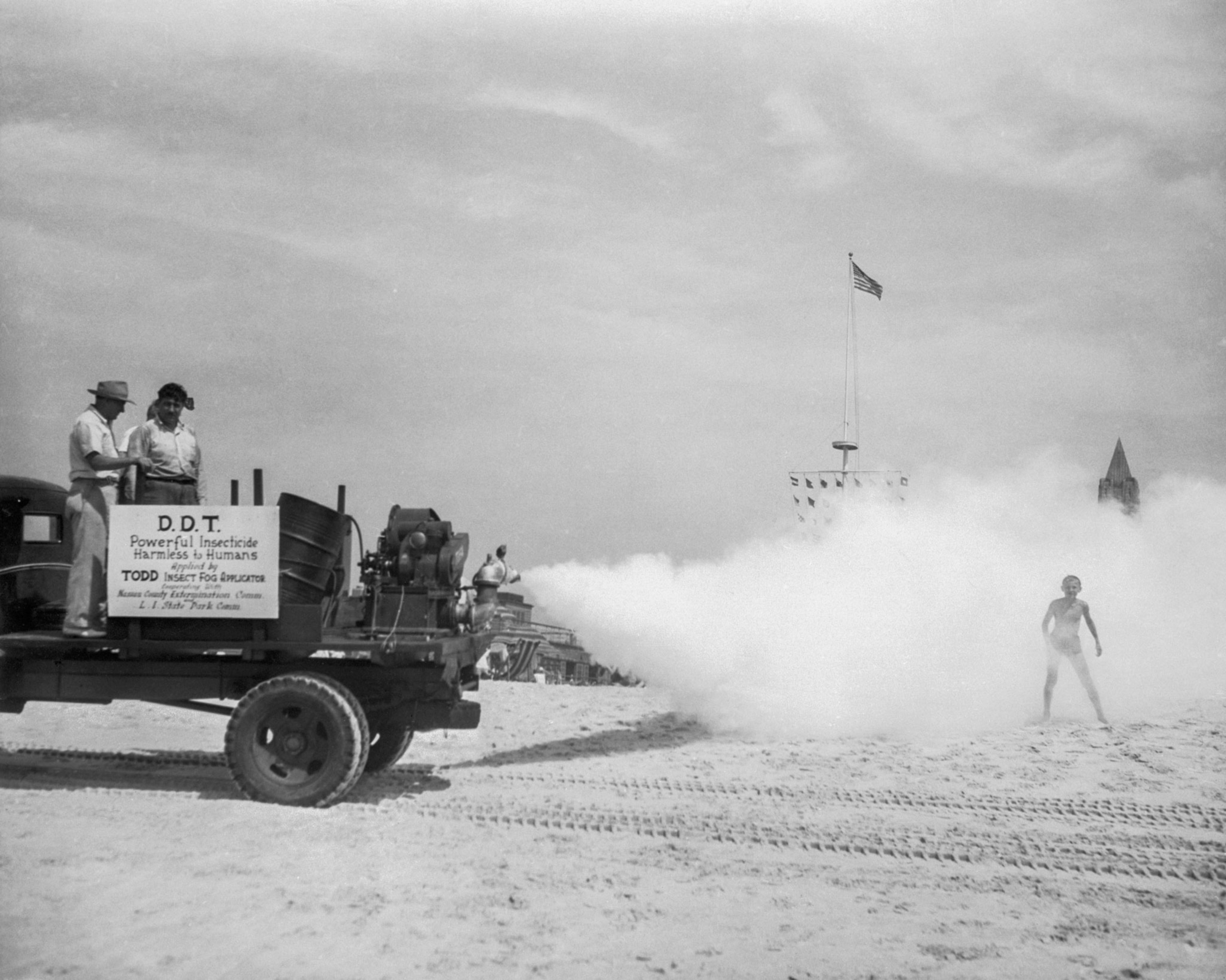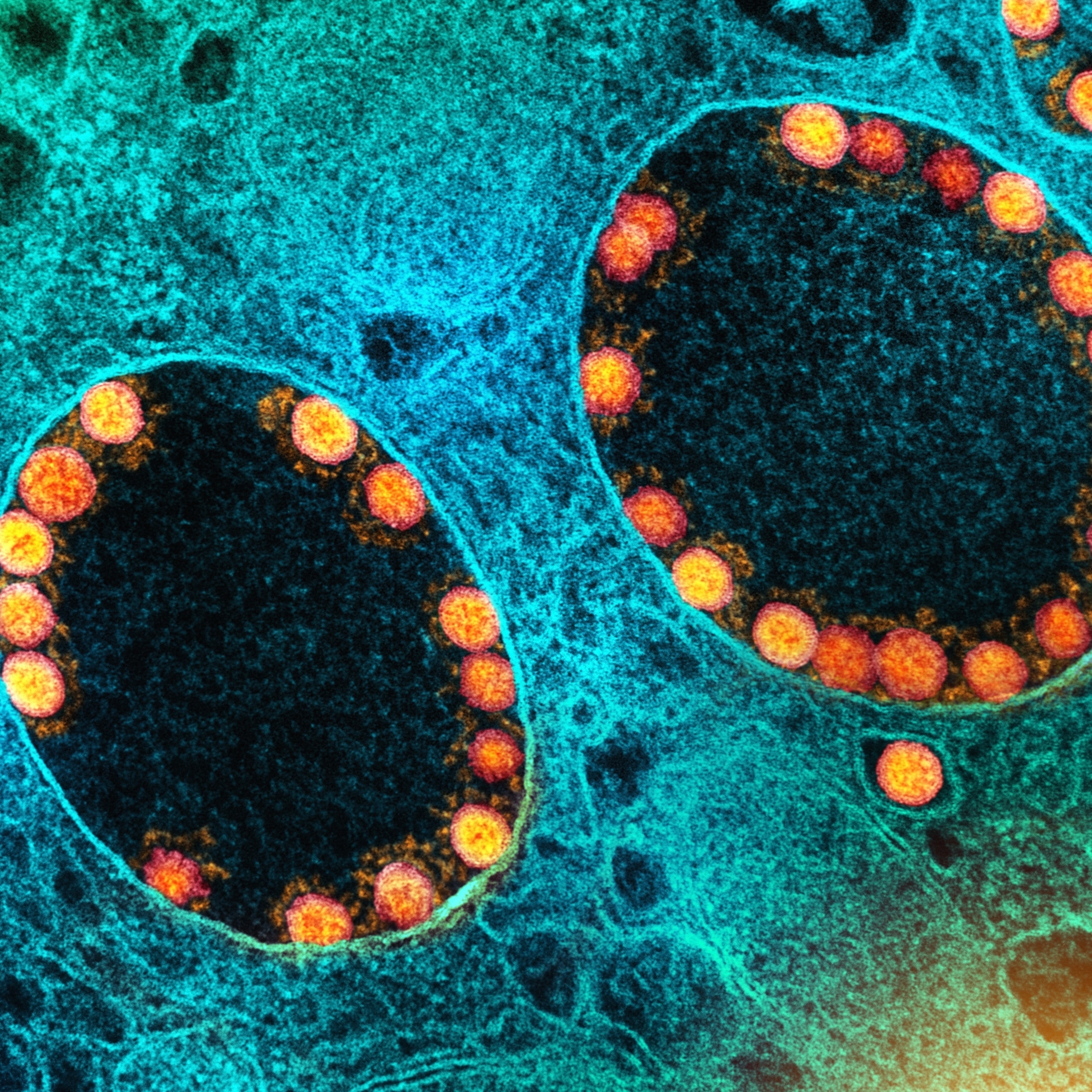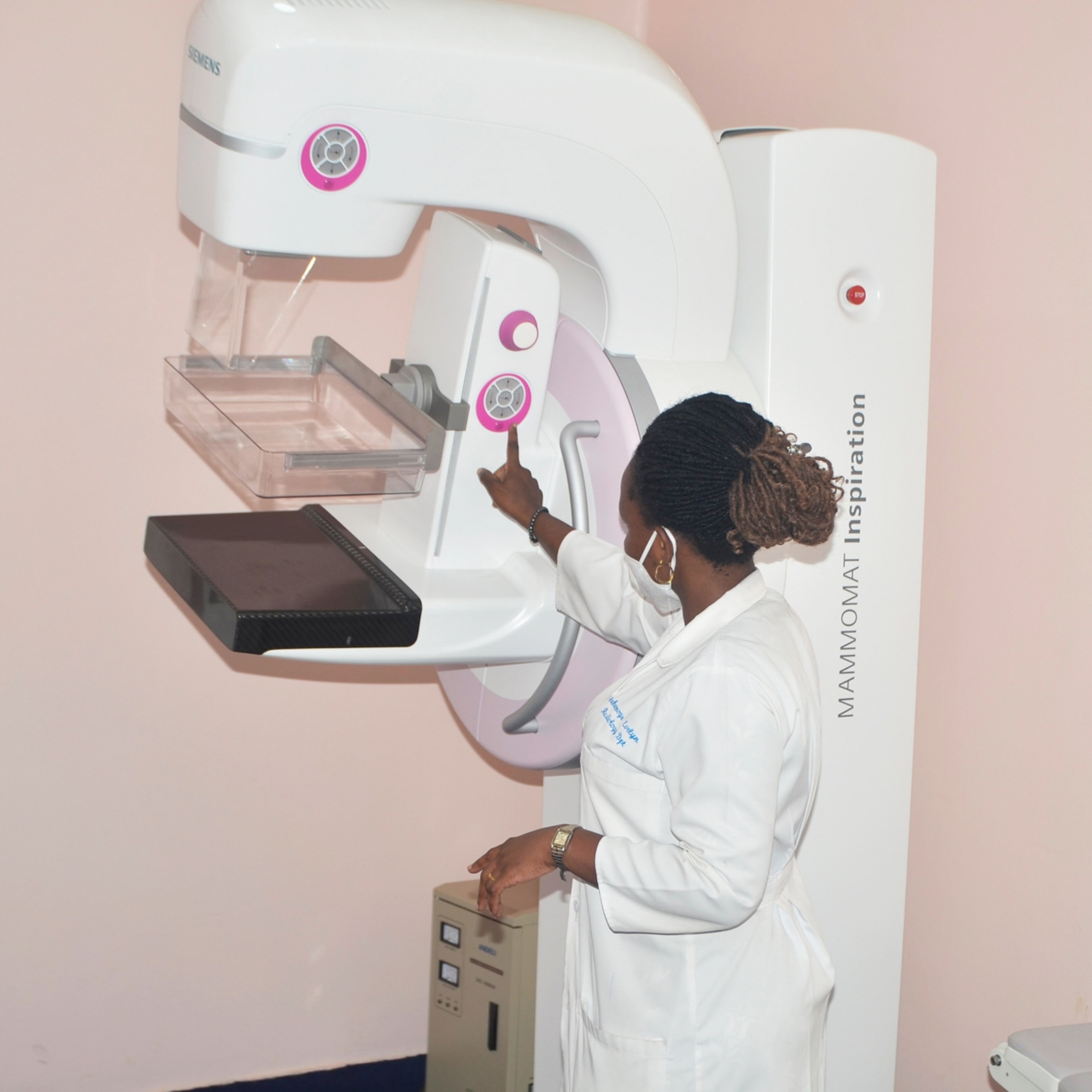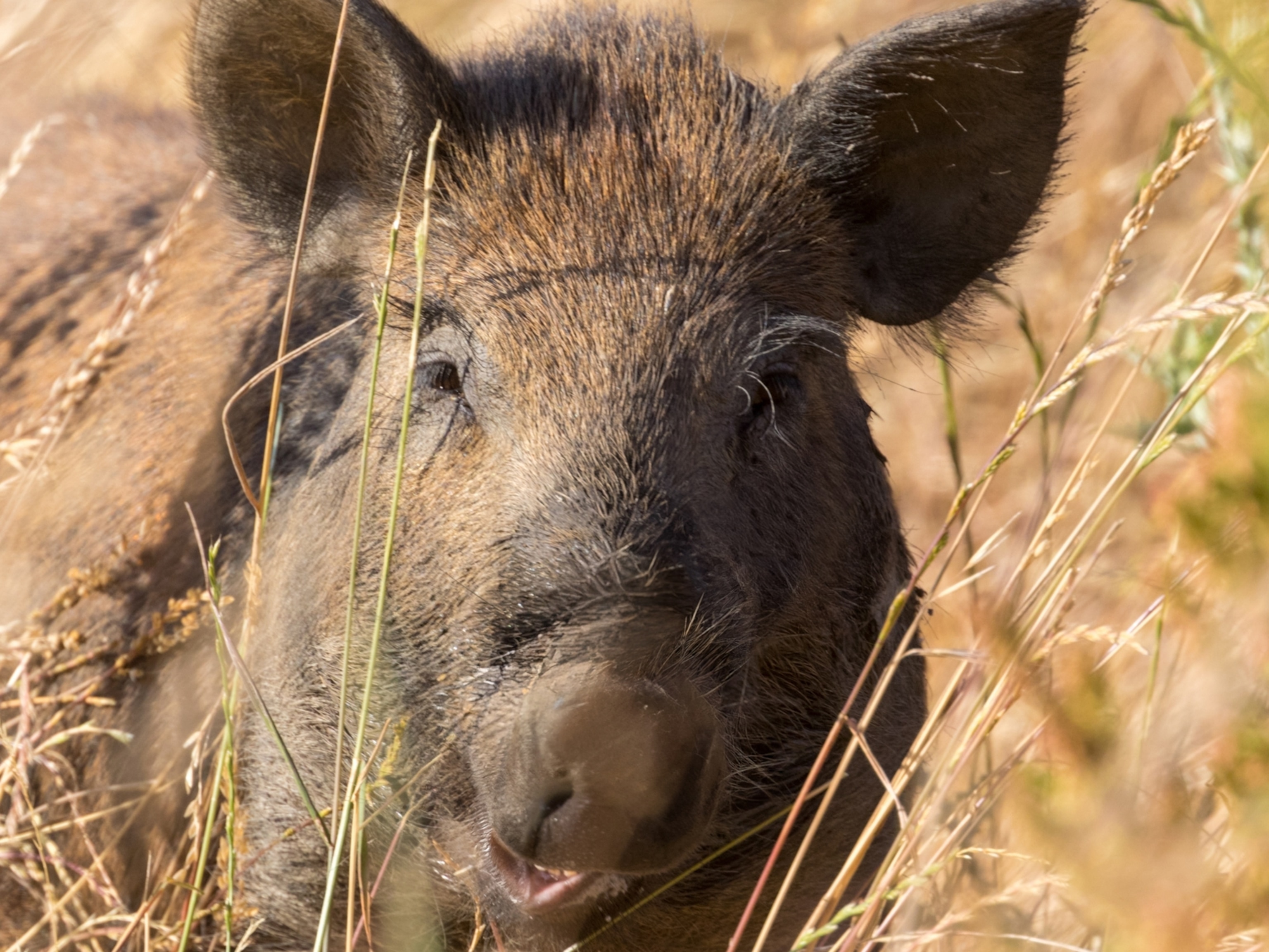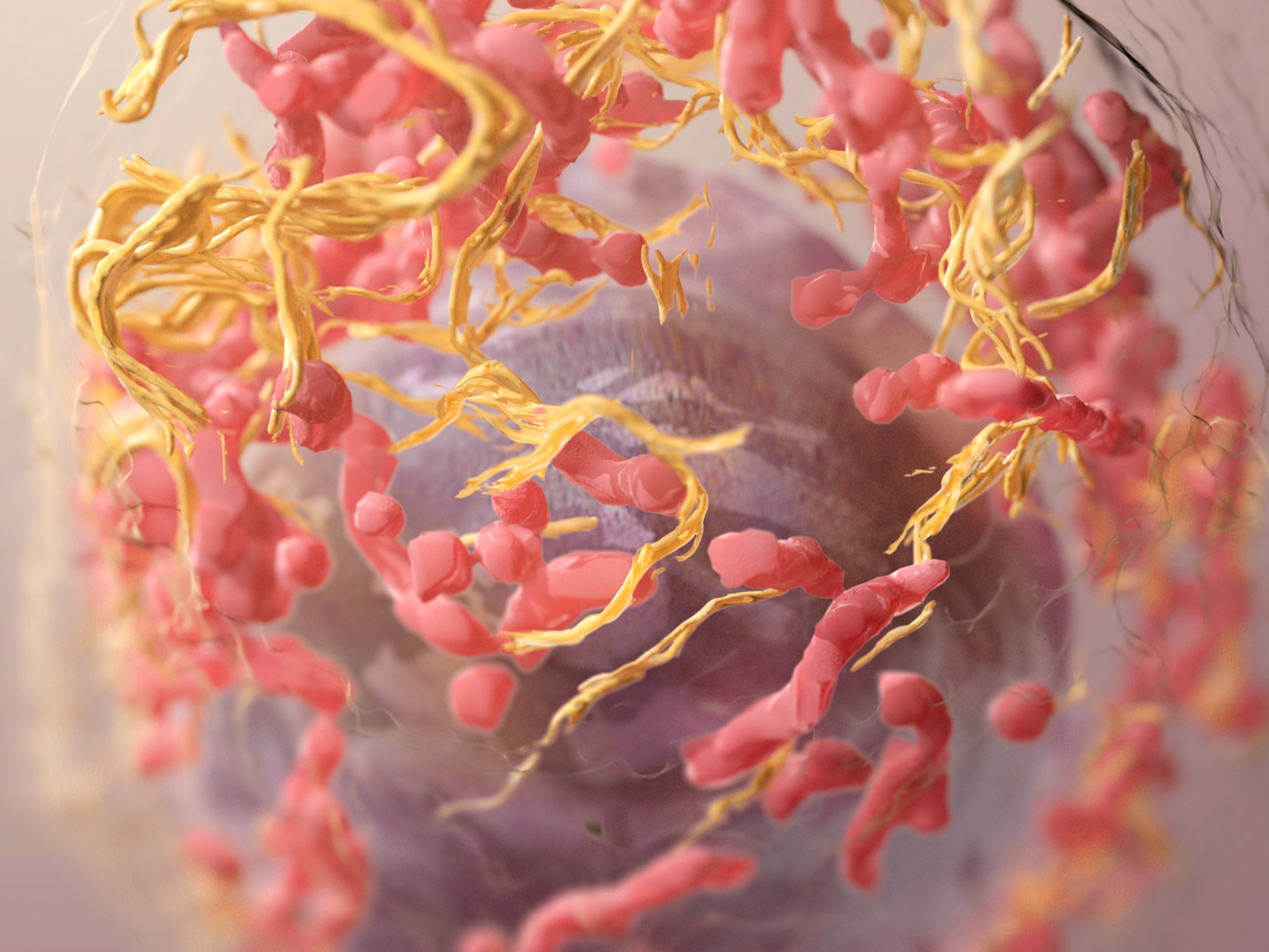
DDT Linked to Fourfold Increase in Breast Cancer Risk
Nearly everyone in the 1950s and 1960s was exposed to the pesticide, and its use continues in Africa. Three generations of women are involved in the research.
Women exposed in the womb to high levels of the pesticide DDT have a nearly fourfold increased risk of developing breast cancer, according to new results of research conducted on California mothers and daughters for more than half a century.
The legacy of the insecticide, so ubiquitous that most people still carry traces of it in their bodies, continues more than four decades after it was banned in the United States. DDT is still used to fight malaria in sub-Saharan Africa, where people are highly exposed inside their homes.
"If the results of this study are real, it's possible that DDT could be responsible for raising the risk of breast cancer for a whole generation of women," says Shanna Swan, an environmental health scientist at Mount Sinai Hospital in New York. She is not involved in the new research.
The findings, published Tuesday, are based on a research project involving three generations of women in the San Francisco Bay Area. Tracked since the 1960s, the nearly 15,000 mothers, daughters, and granddaughters have been called a "national treasure" because they're helping scientists determine if toxic exposures of pregnant women are linked to diseases in their children decades later.
Studying what happens before birth may hold the key to understanding who gets breast cancer, experts say.
Some environmental scientists have long suspected, based on lab studies, that prenatal exposure to DDT—which can mimic estrogen and might turn key genes on and off—could fundamentally alter the way a woman's breast tissue grows, making her more susceptible to breast cancer decades later.
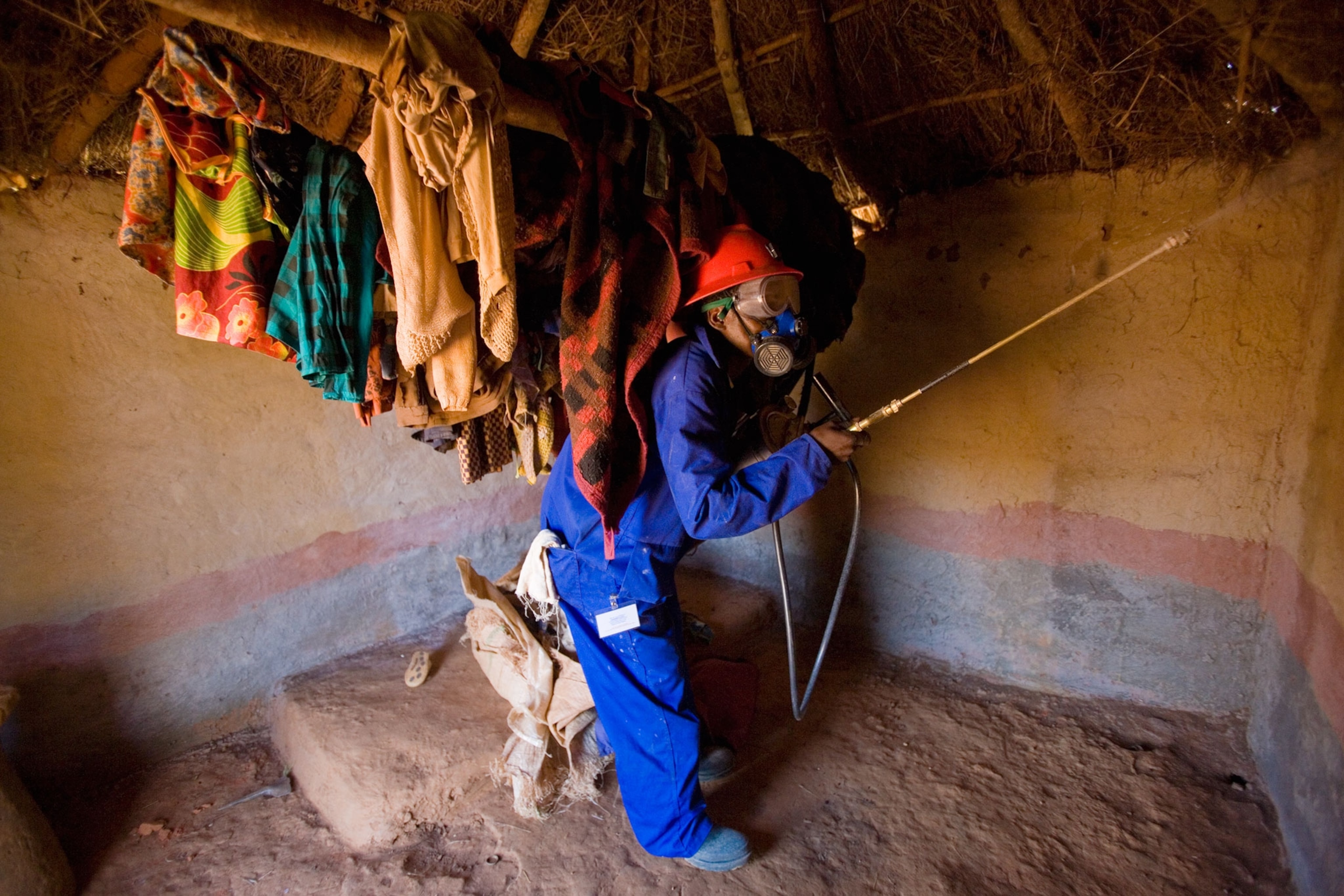
In the new study by the state and federally funded Public Health Institute, based in Berkeley, California, DDT levels were measured in the mothers of 118 daughters who were diagnosed with breast cancer by age 52 and compared with levels in mothers of 354 daughters without breast cancer.
After accounting for known risk factors, including family history and age, the women with the highest DDT exposures had daughters who were 3.7 times more likely to have been diagnosed with breast cancer as the women with lower exposures, according to the study, published in the Journal of Clinical Endocrinology & Metabolism.
In addition, daughters exposed to the higher levels of DDT were more likely to be diagnosed with aggressive tumors and advanced stages of the disease, according to the study.
In their study, the researchers, led by epidemiologist Barbara Cohn, cite several limitations of the study, including a small number of participants with breast cancer. They also say that they cannot rule out that other environmental exposures, not measured in the study, could have affected the results.
Everyone Exposed
Nearly everyone between the 1940s and early 1970s was exposed to DDT, which was widely sprayed on crops and vegetation to kill an array of insects. It was banned in the United States in 1972, a decade after Rachel Carson sparked outrage by documenting its effects in her classic book Silent Spring.
Experts say it may be difficult to tease out how many cases of breast cancer might be linked to prenatal DDT exposure in the coming years—and even harder yet to tell whether exposure could be linked to any individual cases.
Pictures: At Home With DDT in the 1940s
Women who were exposed to the pesticide during the 1950s and 1960s are just now reaching the age of heightened breast cancer risk.
"Everyone born during those years was exposed to DDT, so it's possible that on the population level, DDT could be driving quite a lot of breast cancer risk," says Julia Brody, executive director of the Silent Spring Institute, a Massachusetts-based nonprofit research group studying breast cancer and the environment.
Roughly one in eight U.S. women will develop invasive breast cancer during her lifetime, according to the American Cancer Society. Genes account for only a small number of breast cancer cases—about 5 to 10 percent. The cause of most breast cancer remains unknown.
The nearly fourfold increased risk linked to DDT is considered high compared with other lifestyle factors, such as heavy alcohol drinking, which raises the risk of breast cancer 1.5-fold. In comparison with known genetic risk factors, women with BRCA1 or BRCA2 gene mutations are about five times as likely to develop breast cancer during their lifetime as the average U.S. woman. BRCA mutations in the general population are rare—about 1 woman in 300 to 1 in 800 is thought to carry one of them.
Blood Samples Stored for Decades
Mothers with newborns were enrolled in the study through their health insurance provider, Kaiser Permanente, between 1959 and 1967. Blood samples were collected before or shortly after each mother gave birth.
"Every single mother in the study had measurable levels of DDT in their blood," says Cohn, who has directed the study group, called Child Health and Development Studies, since 1997.
Cohn says the group is uniquely positioned to answer questions about fetal development and disease risk that few other studies in the world can answer.
"It's taken a long time to get to this point of being able to follow a woman—and her exposures—from birth to midlife and beyond," Cohn says.
Over the years, hundreds of scientific studies have been published about these women, including some offering the first clues that smoking during pregnancy could harm the fetus.
DDT Still Sprayed in Africa
Although it has been banned throughout most of the world, DDT is still used in Africa to kill mosquitoes that carry malaria, which sickens 200 million people worldwide every year.
In South Africa, DDT is sprayed on the inside walls of mud and clay houses in three malaria-endemic provinces, says Tiaan de Jager, director of the University of Pretoria Centre for Sustainable Malaria Control. Extremely high levels of DDT have been recorded in the blood of men living in houses sprayed in the province of Limpopo, where he is studying links between the pesticide and male fertility.
De Jager says use of the pesticide is declining in South Africa. The United Nations Environment Programme and the World Health Organization have proposed a worldwide phaseout of the chemical by the early 2020s.
"On the one hand, DDT saves lots and lots of lives. On the other hand, there are human and environmental costs associated with its use," says Henk Bouwman, an ecotoxicologist at North-West University in Potchefstroom, South Africa.
The new findings serve as a cautionary tale about the way chemicals are regulated and introduced to market, says Jonathan Chevrier, an environmental health scientist at McGill University in Montreal.
"There are unforeseen consequences of releasing really large amounts of chemicals into the environment without first understanding the health effects," he says.
Brody hopes the researchers' findings can be used to help predict what other chemicals might increase breast cancer risk.
"Laboratory studies can help show which chemicals can lead to similar biological activity in the breast," she says.
Daughters in Study Hope for Cure
Laurie Havas, 54, of Martinez, California, found out in her early 20s, after her mother had passed away from pancreatic cancer, that her mother had enrolled in the scientific study and provided blood samples shortly after Havas's birth.
Havas says she feels grateful for the opportunity to carry on her mother's unique legacy by participating in the research. While she doesn't consider the new data helpful for herself, she hopes her daughter can benefit from the findings.
"I have no recourse over my mother's exposures," she says. "But hopefully my daughter's generation can somehow use the information to make more educated and informed decisions."
For study-group participant Ida Washington, 54, of Oakland, California, the findings are especially personal. Her mother was diagnosed with breast disease 40 years ago.

"It's been an enlightening but challenging experience for me. I'm just looking forward to getting closer and closer to a cure," Washington says.
Neither Washington nor Havas has been diagnosed with breast cancer.
While it's impossible for women to know how much DDT they were exposed to years ago or to go back and change things, there are still steps women can take to reduce their risk of breast cancer, says Karen Kostroff, chief of breast surgery for the North Shore-LIJ Health System in Lake Success, New York.
If you smoke, quit smoking. If you are overweight, work to lose some pounds, she suggests. "Focus on the things you can control," she says.
Follow Lindsey Konkel on Twitter.






